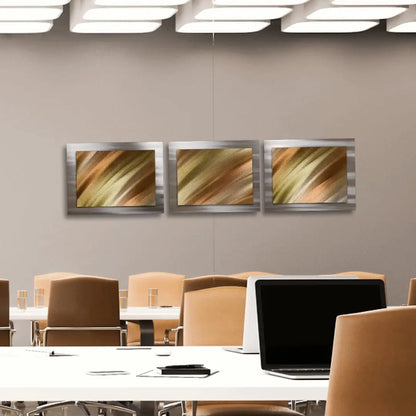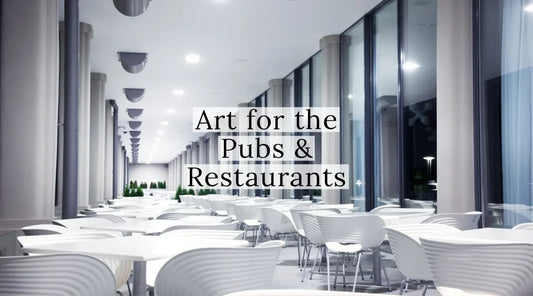Contemporary art is an ever-evolving realm that reflects the myriad complexities of our modern world. Emerging from the late 20th century, this genre of art encompasses a diverse range of styles, mediums, and philosophies. Unlike traditional art forms that often adhere to specific rules and techniques, contemporary art thrives on innovation and experimentation.
One of the defining characteristics of contemporary art is its ability to challenge societal norms and provoke thought. Artists in this field are not confined by conventional boundaries; instead, they seek to explore new perspectives and push the limits of creativity. This makes contemporary art a dynamic and engaging form of expression that resonates with a broad audience.
From abstract paintings and digital installations to intricate metal sculptures, contemporary art offers a vast array of experiences. Each piece invites viewers to embark on a journey of exploration and self-discovery, encouraging them to question their assumptions and see the world through a different lens.
At Modern Elements Metal Art, we embrace the essence of contemporary art by merging traditional metalworking techniques with modern design sensibilities. Each creation is a testament to our dedication to quality and craftsmanship, transforming spaces and evoking emotions. Explore handcrafted modern art by metal artist Christopher Henderson and discover how our distinctive pieces can elevate your surroundings.
Evolution of Contemporary Art
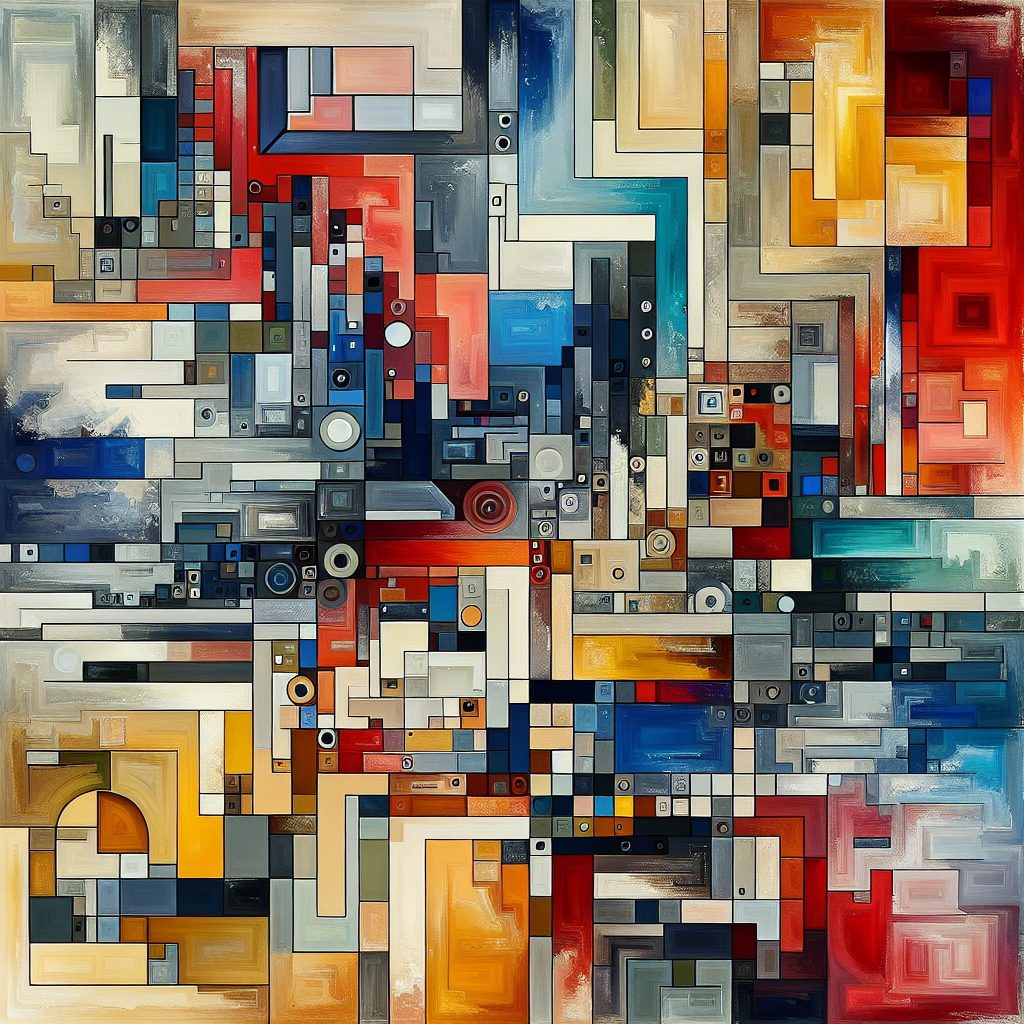
The evolution of contemporary art is a fascinating journey that mirrors the rapid changes in society, technology, and culture over the past several decades. Originating in the post-World War II era, contemporary art broke away from the rigid conventions of modernism, embracing a more inclusive and diverse approach to artistic expression. This period saw the emergence of movements such as Abstract Expressionism, Pop Art, and Minimalism, each contributing to the rich tapestry of contemporary art.
In the 1960s and 70s, contemporary art began to reflect the social and political upheavals of the time. Artists like Andy Warhol and Roy Lichtenstein used their works to comment on consumerism and mass media, while others delved into issues of identity, race, and gender. This era marked a shift towards more conceptual and performance-based art, challenging the traditional notions of what art could be.
As we moved into the digital age, contemporary art continued to evolve, incorporating new technologies and mediums. The advent of digital art, video installations, and interactive pieces opened up new avenues for artists to explore. Today, contemporary art is characterized by its diversity and its ability to address global issues such as climate change, social justice, and globalization.
The evolution of contemporary art is ongoing, with artists constantly pushing the boundaries and redefining what art can be. This dynamic and ever-changing nature ensures that contemporary art remains relevant and engaging for audiences around the world. As we look to the future, it is exciting to imagine the new directions and innovations that contemporary art will take.
Key Characteristics of Contemporary Art
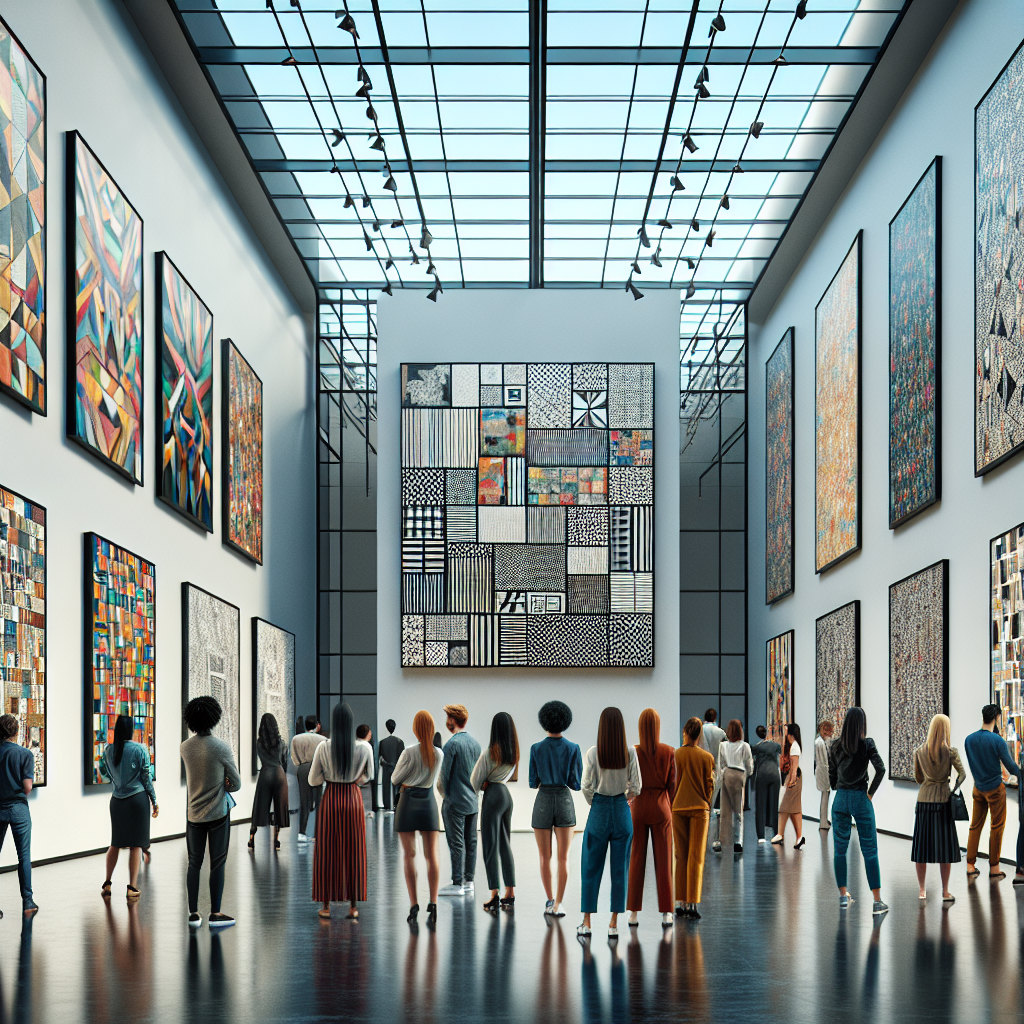
Contemporary art is distinguished by several key characteristics that set it apart from previous artistic movements. One of the most notable features is its diversity in both form and content. Unlike traditional art forms that often adhered to specific styles or themes, contemporary art embraces a wide range of mediums, techniques, and subjects. This inclusivity allows artists to express themselves in ways that resonate with their unique perspectives and experiences.
Another defining characteristic is the emphasis on concept over aesthetics. While visual appeal remains important, contemporary artists often prioritize the ideas and messages behind their works. This shift towards conceptual art means that the meaning or intention of a piece can be just as, if not more, important than its physical appearance. This approach encourages viewers to engage more deeply with the artwork, prompting them to think critically about the issues being presented.
Contemporary art is also known for its interdisciplinary nature. Artists frequently blend multiple disciplines such as painting, sculpture, digital media, and performance art to create innovative and thought-provoking pieces. This fusion of different art forms not only expands the possibilities for artistic expression but also bridges the gap between various creative fields.
Moreover, contemporary art is characterized by its global perspective. In an increasingly interconnected world, artists draw inspiration from diverse cultures and experiences, resulting in a rich and varied body of work that speaks to universal themes and concerns. This global outlook allows contemporary art to address pressing issues such as social justice, environmental sustainability, and cultural identity.
Lastly, contemporary art often involves audience participation. Many contemporary pieces are interactive or immersive, inviting viewers to become active participants in the artistic experience. This engagement can take many forms, from physically interacting with the artwork to contributing to its creation, fostering a deeper connection between the artist and the audience.
Prominent Contemporary Artists
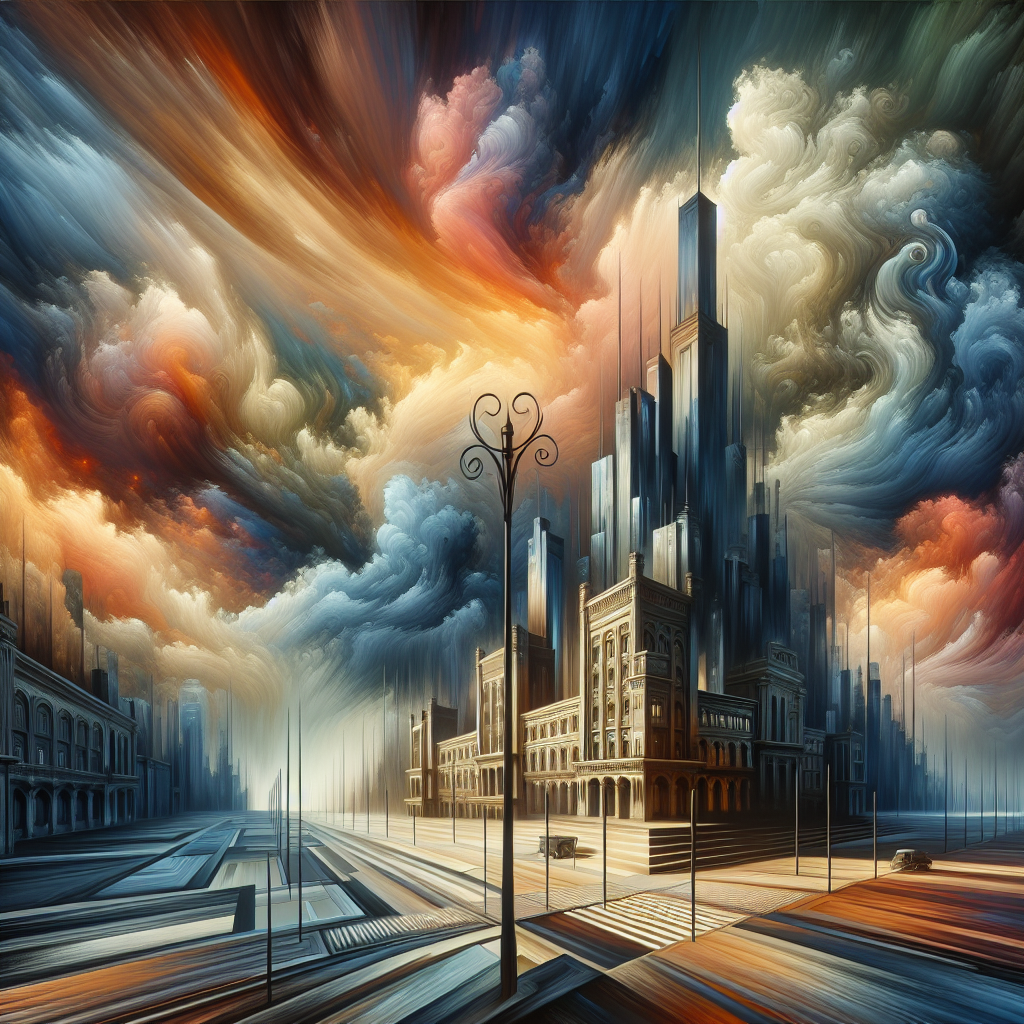
The realm of contemporary art is populated by a diverse group of artists who have made significant contributions to the field. These prominent contemporary artists are known for pushing boundaries, experimenting with new techniques, and addressing current issues through their work.
Yayoi Kusama is one such artist whose work has captivated audiences worldwide. Known for her immersive installations and use of polka dots, Kusama's art explores themes of infinity, mental illness, and self-obliteration. Her installations often transform spaces into otherworldly environments, inviting viewers to experience a sense of wonder and introspection.
Ai Weiwei, a Chinese contemporary artist and activist, uses his art to make powerful political statements. His works often critique government policies and highlight issues such as human rights and freedom of expression. Weiwei's use of diverse mediums, from sculpture to film, underscores his commitment to addressing social and political injustices on a global scale.
Damien Hirst is a British artist whose work addresses themes of life, death, and the human condition. Hirst is known for his provocative and often controversial pieces, such as his series of animals preserved in formaldehyde. His art challenges viewers to confront uncomfortable truths and question their perceptions of mortality.
Kara Walker is an American artist renowned for her exploration of race, gender, and identity through her work. Walker's iconic silhouettes and large-scale installations delve into the history of slavery and its lasting impact on society. Her art provokes critical discussions about race relations and the complexities of cultural memory.
The work of Olafur Eliasson, a Danish-Icelandic artist, often focuses on the relationship between humans and their environment. Eliasson's installations frequently incorporate natural elements such as light, water, and air, creating immersive experiences that encourage viewers to reflect on their connection to the natural world and the impact of climate change.
These artists, along with many others, continue to shape the landscape of contemporary art. Their innovative approaches and thought-provoking works not only reflect the complexities of the modern world but also inspire future generations of artists to explore new frontiers in creativity.
Impact of Technology on Contemporary Art

The impact of technology on contemporary art has been nothing short of revolutionary. With the advent of digital tools and new media, artists have found innovative ways to express their creativity and engage audiences in unprecedented ways. Technology has not only expanded the toolkit available to artists but also transformed the very nature of art itself.
Digital Art is one of the most prominent examples of technology's influence on contemporary art. Using software like Adobe Photoshop, Illustrator, and 3D modeling programs, artists can create intricate and detailed works that were previously unimaginable. Digital art allows for a level of precision and complexity that traditional mediums often cannot achieve, opening new realms of visual expression.
The rise of Virtual Reality (VR) and Augmented Reality (AR) has further pushed the boundaries of artistic experience. Artists are using VR to create immersive environments where viewers can interact with the art in a multi-sensory way. AR, on the other hand, overlays digital elements onto the real world, blending physical and virtual realities in a seamless manner. These technologies are not only changing how art is created but also how it is experienced by audiences.
Artificial Intelligence (AI) is another groundbreaking development in contemporary art. AI algorithms can generate artworks by analyzing vast datasets of existing art, creating pieces that mimic human creativity. Artists like Mario Klingemann and Robbie Barrat are using AI to explore new forms of expression and question the very nature of creativity and authorship.
Social media platforms, such as Instagram and TikTok, have also had a profound effect on contemporary art. These platforms provide artists with unprecedented access to global audiences, allowing them to share their work instantly and receive immediate feedback. This democratization of art distribution has enabled emerging artists to gain recognition without relying on traditional galleries and art institutions.
Moreover, the advent of blockchain technology and Non-Fungible Tokens (NFTs) has introduced new ways for artists to monetize their work. NFTs allow artists to sell digital art in a manner that ensures provenance and ownership, providing new revenue streams and financial opportunities. The NFT market has exploded in recent years, with digital artworks selling for millions of dollars, highlighting the growing intersection between art and technology.
In conclusion, the integration of technology into contemporary art has created a dynamic and ever-evolving landscape. Artists are continuously exploring new technological frontiers, challenging traditional notions of art, and redefining what is possible. As technology advances, it will undoubtedly continue to shape the future of contemporary art in exciting and unforeseen ways.
How to Appreciate Contemporary Art
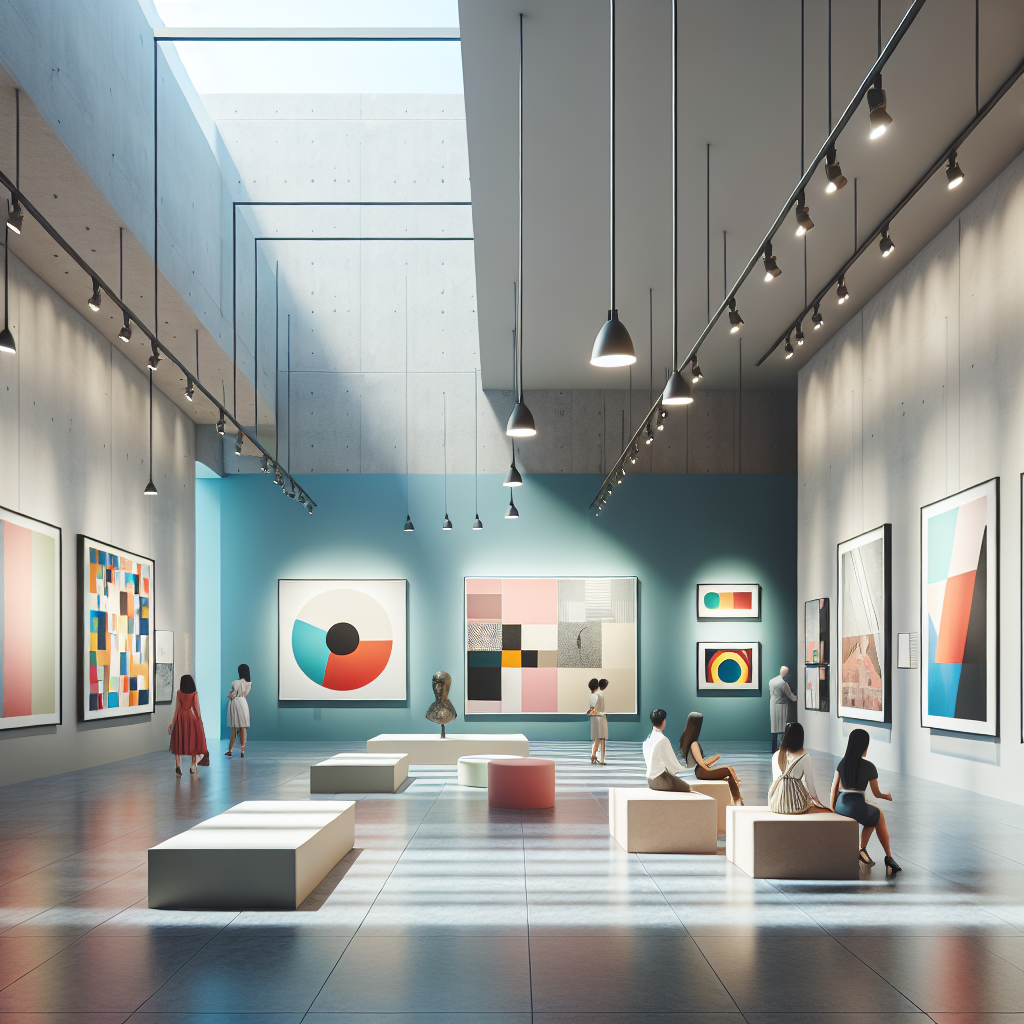
Appreciating contemporary art can be a deeply rewarding experience, even for those who might initially find it perplexing or intimidating. Unlike traditional art forms that often adhere to established conventions, contemporary art thrives on innovation, experimentation, and the exploration of new ideas. Here are some tips to help you better understand and appreciate the unique world of contemporary art.
Keep an Open Mind: One of the most crucial aspects of appreciating contemporary art is maintaining an open mind. Contemporary artists often challenge conventional norms and push boundaries, resulting in works that might seem unconventional at first glance. Approach each piece with curiosity and a willingness to explore new perspectives.
Learn About the Artist: Understanding the background, influences, and intentions of the artist can significantly enhance your appreciation of their work. Researching an artist's biography and previous works can provide valuable context and insight into the themes and techniques they employ.
Engage with the Artwork: Spend time observing the artwork from different angles and distances. Consider the materials, colors, and forms used. Reflect on how the piece makes you feel and what thoughts it provokes. Contemporary art often invites viewers to engage in a dialogue, encouraging personal interpretation and emotional response.
Read and Listen: Exhibition catalogs, wall texts, and audio guides can offer valuable information and interpretations from curators and art historians. These resources can help you gain a deeper understanding of the artwork's meaning and the artist's intentions.
Attend Art Talks and Workshops: Many galleries and museums host artist talks, panel discussions, and workshops that provide opportunities to learn directly from artists and experts. These events can offer unique insights and foster a greater appreciation for contemporary art.
Visit Art Galleries and Museums: Exposure to a wide variety of contemporary art is essential for developing a more profound appreciation. Visit different galleries and museums, both large and small, to experience a diverse range of artworks and artistic practices. Don't hesitate to ask questions and engage with the staff, as they can provide valuable information and context.
Trust Your Instincts: Ultimately, appreciating contemporary art is a personal experience. Trust your instincts and allow yourself to be moved by the artworks that resonate with you. There is no right or wrong way to experience art, and your unique perspective is valuable.
By following these tips, you'll find it easier to connect with contemporary art and discover the profound impact it can have on your life. Whether you're a seasoned art enthusiast or new to the world of modern creations, there's always something new to explore and appreciate. Explore handcrafted modern art by metal artist Christopher Henderson and immerse yourself in the captivating world of contemporary art.

